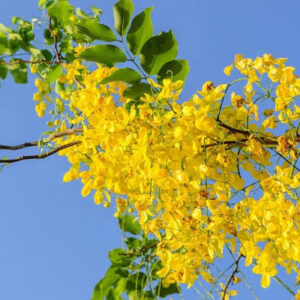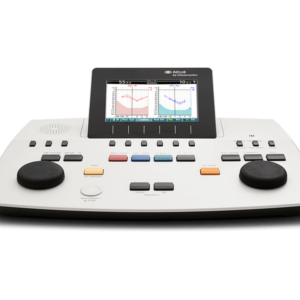Table of Contents
- 1. Introduction
- 2. Nirukti (Etymology) of Tridosha
- 3. Definition of Tridosha
- 4. Tridosha: The Three Pillars of Life
- 5. Subtypes of Doshas
- 6. Tridosha in Diagnosis
- 7. Scientific Correlations with Tridosha
- 8. Conclusion
- References
- Read other articles
1. Introduction
Significance of Tridosha in Ayurveda
Tridosha, the three fundamental bio-energies—Vata, Pitta, and Kapha—forms the cornerstone of Ayurvedic medicine. It represents the biological energies derived from the five elements (Pancha Mahabhutas: Akasha, Vayu, Agni, Jala, and Prithvi). These energies govern all physiological, psychological, and pathological processes in the human body. Tridosha is the foundation for diagnosing, preventing, and managing diseases in Ayurveda, as it emphasizes restoring balance rather than merely treating symptoms. When in equilibrium, Vata ensures proper movement, Pitta maintains metabolism, and Kapha provides stability. Any disturbance in these doshas leads to disease, showcasing their vital role in maintaining health and wellness.
Historical background and foundational principles
The concept of Tridosha dates back to the Vedic era, with its earliest mention in texts like the Charaka Samhita and Sushruta Samhita. According to Ayurveda, life is a dynamic interplay of three forces—Vata (wind), Pitta (bile), and Kapha (phlegm)—that work in harmony to sustain life. Each dosha is associated with specific qualities (gunas) and functions. Ancient sages identified how these energies are influenced by diet, lifestyle, seasonal changes, and mental states, creating a unique, personalized approach to health care. The Tridosha theory is based on the idea that the body, mind, and environment are interconnected, and maintaining balance between the doshas leads to optimal well-being.
Relevance of Tridosha in modern healthcare
In modern healthcare, the Tridosha concept offers a holistic and preventive approach that aligns with personalized medicine. By recognizing individual constitution (Prakriti), Ayurveda provides tailored recommendations for diet, lifestyle, and treatment. Research has highlighted similarities between dosha imbalances and chronic diseases, such as metabolic disorders, stress-related illnesses, and inflammatory conditions. Additionally, the circadian rhythms of doshas correlate with modern chronobiology, emphasizing the role of time in physiological functions. With the growing emphasis on integrative medicine, Tridosha’s principles are gaining recognition for their focus on balance, natural therapies, and promoting long-term health through sustainable lifestyle practices.
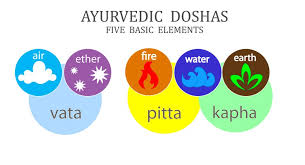
2. Nirukti (Etymology) of Tridosha
दूषयन्ति इति दोषाः । (A.H.Su. 1:6, Arunadatta)
The literary meaning of the word dosha is that which causes decay, destruction or vitiates (others when in aggravated condition). However this is not the correct definition as we all know that when doshas are in balanced condition they carry out all prominent physiological function and maintain health.
When doshas get disturbed, they attack other body tissues which are weak and disease is created. The elements, which get spoiled due to vitiated doshas are called as dushya (victims). They are dhatu (body tissue), mala (wastes), organs, channels, sense organs etc. In short dushya are everything in body excluding doshas.
Knowledge about dosha is very fundamental in the process of learning Ayurveda. Concept of Tridosha has gradually evolved in Ayurveda, for example –
- In Charaka Samhita which is the first compendia, only five types of Vata dosha have been described.
- In Sushruta, five types of Pitta are added.
- In the texts of Vagbhata, including Kapha all fifteen sub-doshas have been described
3. Definition of Tridosha
Classical Ayurvedic Definitions
The term “Tridosha” is derived from the Sanskrit words “Tri,” meaning three, and “Dosha,” meaning fault or defect. In Ayurvedic texts, “Dosha” is described as a dynamic principle responsible for both the maintenance and disruption of health. According to the Charaka Samhita, Tridosha governs all physiological and psychological functions. Each dosha is made of two primary elements:
- Vata: Derived from Akasha (space) and Vayu (air), it governs movement.
- Pitta: Formed from Agni (fire) and a minor component of Jala (water), it controls metabolism.
- Kapha: Composed of Prithvi (earth) and Jala (water), it provides stability and lubrication.
The equilibrium (samyavastha) of these doshas ensures health, while their imbalance (vikriti) causes disease.
Functional Role of Doshas in the Human Body
Each dosha plays a distinct role in the functioning of the body:
- Vata (The Principle of Movement)
- Governs all types of motion, including respiration, circulation, nerve impulses, and elimination.
- Responsible for sensory and motor functions, creativity, and communication.
- Imbalance leads to issues such as dryness, anxiety, and neurological disorders.
- Pitta (The Principle of Transformation)
- Manages digestion, metabolism, and energy production.
- Regulates temperature, hunger, thirst, and intellect.
- Imbalance manifests as hyperacidity, inflammation, or anger.
- Kapha (The Principle of Stability)
- Provides structural integrity, lubrication, and immunity.
- Supports growth, cohesion, and emotional calmness.
- Imbalance results in lethargy, congestion, and excessive attachment.
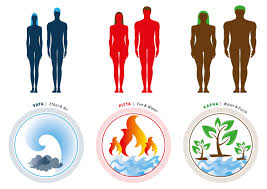
4. Tridosha: The Three Pillars of Life
Tridosha forms the core of Ayurveda and symbolizes the three energies essential for life: Vata, Pitta, and Kapha. These energies control all functions of the body and mind, working together to maintain balance.
Vata Dosha: The Energy of Movement
Vata represents motion and is linked to air and space. It controls breathing, blood circulation, and all physical and mental movements. When balanced, it supports creativity and flexibility; when imbalanced, it causes restlessness and dryness.
Pitta Dosha: The Energy of Transformation
Pitta is the energy of heat and digestion, connected to fire and water. It governs metabolism, temperature, and mental focus. Balanced Pitta leads to sharp intellect and a healthy digestive system, but an imbalance can cause anger and inflammation.
Kapha Dosha: The Energy of Structure
Kapha provides stability and nourishment, linked to earth and water. It maintains body strength, immunity, and emotional calmness. In balance, it ensures growth and stability, while imbalance results in sluggishness and weight gain.
5. Subtypes of Doshas
| Subtype | Specific Function |
|---|---|
| Prana Vata | Governs breathing, swallowing, thinking, and sensory perception. |
| Udana Vata | Controls speech, memory, energy, and upward movements like exhalation. |
| Samana Vata | Regulates digestion, assimilation, and movement of nutrients in the gastrointestinal tract. |
| Vyana Vata | Manages circulation, heartbeat, and overall body movements. |
| Apana Vata | Oversees elimination processes, such as urination, defecation, and childbirth. |
Subtypes of Pitta Dosha
| Subtype | Specific Function |
|---|---|
| Pachaka Pitta | Responsible for digestion and metabolism in the stomach and intestines. |
| Ranjaka Pitta | Influences liver and spleen functions, maintaining blood quality and color. |
| Sadhaka Pitta | Supports intelligence, memory, emotional stability, and decision-making. |
| Alochaka Pitta | Controls vision and maintains eye health. |
| Bhrajaka Pitta | Regulates skin health, complexion, and temperature control. |
Subtypes of Kapha Dosha
| Subtype | Specific Function |
|---|---|
| Avalambaka Kapha | Provides structural stability, supports heart and lung functions. |
| Kledaka Kapha | Protects the stomach lining, aids digestion, and maintains lubrication. |
| Bodhaka Kapha | Regulates taste perception and saliva production in the mouth. |
| Tarpaka Kapha | Nourishes and lubricates the brain and spinal cord for better mental health. |
| Shleshaka Kapha | Lubricates joints, supports smooth movement, and strengthens the skeletal system. |
6. Tridosha in Diagnosis
Diagnosis of Tridosha
| Dosha | Signs of Imbalance |
|---|---|
| Vata | Dry skin, constipation, anxiety, irregular sleep, feeling cold. |
| Pitta | Irritable, inflammation, acidity, excessive heat, red complexion. |
| Kapha | Lethargy, excess weight, congestion, water retention, sluggish digestion. |
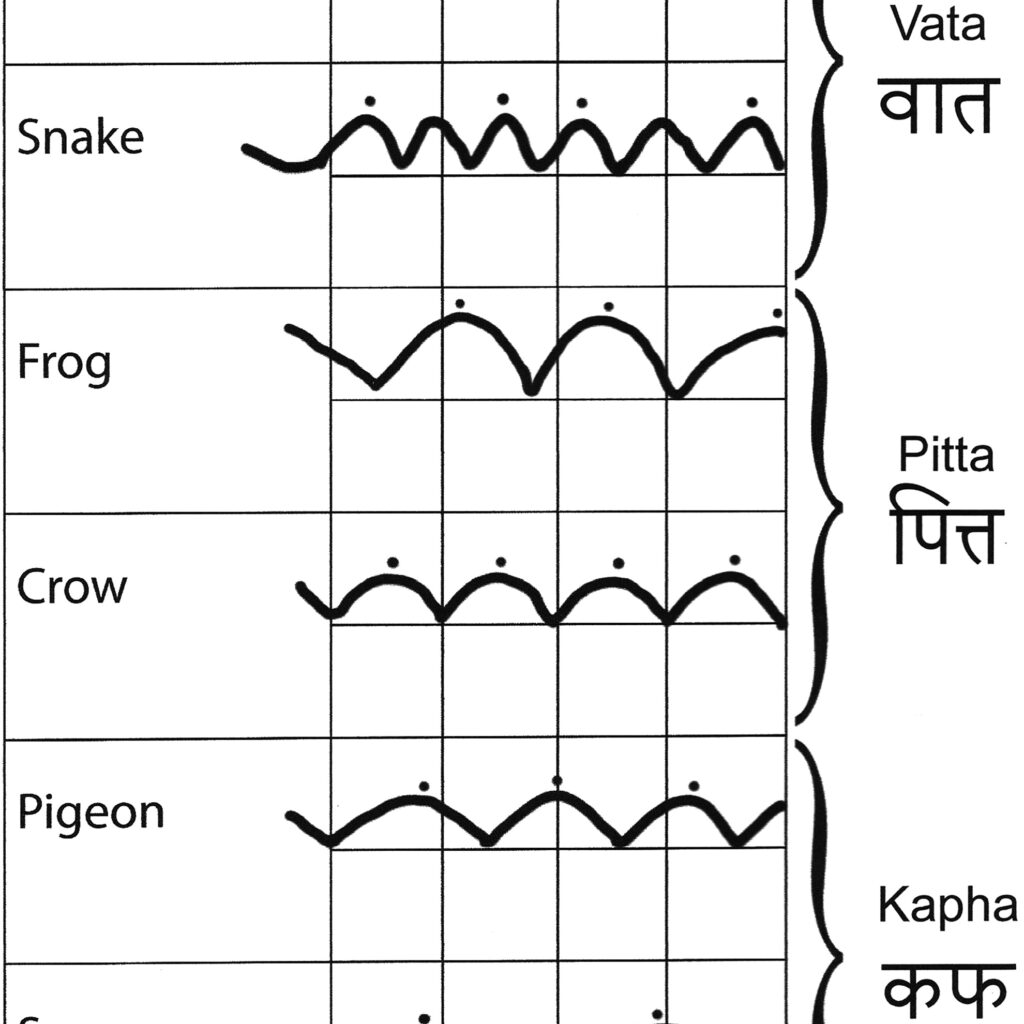
7. Scientific Correlations with Tridosha
Modern Interpretations of Dosha Functions
While Ayurveda is an ancient system of medicine, its principles resonate with contemporary scientific understanding, particularly in the realm of body systems and functions. The doshas—Vata, Pitta, and Kapha—can be understood through modern biological systems and physiological processes. For example, Vata corresponds to the nervous system and movement in the body, as it governs all motion-related functions such as circulation, breathing, and nerve impulses. Pitta is aligned with the body’s metabolic processes, similar to the function of enzymes and digestive acids, while Kapha corresponds to the body’s structural integrity, similar to connective tissue, bones, and fluids that support the body’s organs.
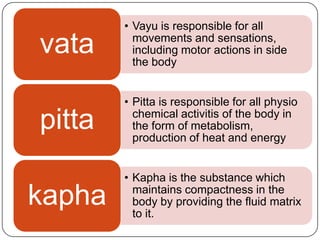
Research into chronobiology—the study of biological rhythms—has found significant parallels with the Ayurvedic understanding of doshas. Ayurveda’s principle of dosha cycles corresponding to different times of the day, seasons, and life stages finds support in circadian rhythms, which are critical to metabolic functions, hormone release, and energy regulation. For example, the dominant presence of Vata during the early morning hours mirrors the heightened state of activity and alertness during the first part of the day, while Pitta takes dominance around midday, reflecting optimal digestive and metabolic activity. Kapha predominates in the late morning and evening, associated with physical and emotional stability and rest.
Links Between Ayurveda and Chronobiology
Chronobiology, which studies the timing of biological functions, shows a strong alignment with Ayurvedic principles of doshas. Ayurveda divides the day into phases that correspond to the predominance of each dosha, reinforcing the idea that biological activities and optimal health are best achieved when one works in harmony with natural rhythms. For example:
- Vata (2 AM to 6 AM / 2 PM to 6 PM): These periods are associated with increased activity, movement, and creativity, mirroring the body’s natural waking and alerting states.
- Pitta (10 AM to 2 PM / 10 PM to 2 AM): This time is linked to the body’s metabolic peak, aligning with digestion and energy production during the day, and repair and regeneration at night.
- Kapha (6 AM to 10 AM / 6 PM to 10 PM): These hours correspond to the body’s restful and restorative phases, supporting emotional grounding and bodily nourishment.
Modern research into sleep cycles, hormonal fluctuations, and body temperature regulation further supports the Ayurvedic framework, demonstrating that aligning lifestyle and habits with dosha dominance can optimize health.
Studies Validating Dosha-Related Therapies
Scientific studies exploring Ayurveda’s efficacy have increasingly supported its therapeutic value, particularly in relation to the doshas. Research on herbal medicines, such as Ashwagandha (for Vata), Turmeric (for Pitta), and Triphala (for Kapha), has demonstrated their physiological benefits. Various clinical trials have shown that these herbs aid in reducing inflammation, promoting digestion, and supporting the immune system. Additionally, studies on Panchakarma (detoxification therapies) and dietary interventions confirm their ability to restore dosha balance, manage stress, and improve metabolic function. Integrative health models are now exploring Ayurvedic treatments in conjunction with conventional medicine, validating the relevance of Tridosha in the modern therapeutic landscape.
8. Conclusion
Importance of Maintaining Dosha Balance for Holistic Health
Maintaining a balance between the doshas is central to holistic health and well-being in Ayurveda. The Tridosha framework offers a comprehensive approach to health by recognizing the dynamic interaction between body, mind, and environment. When the doshas are balanced, individuals experience optimal physical health, emotional stability, and mental clarity. However, an imbalance in any of the doshas can lead to disease, both physical and mental, highlighting the importance of regular monitoring and adjustment of lifestyle, diet, and habits to maintain harmony. Preventive care, rooted in the principles of Tridosha, is fundamental to promoting longevity and vitality, as it emphasizes self-awareness, routine, and alignment with natural rhythms.
Integration of Tridosha Principles in Modern Wellness Practices
In contemporary wellness practices, there is an increasing recognition of Ayurveda’s value in promoting holistic health. The principles of Tridosha are being incorporated into modern approaches like integrative medicine, naturopathy, and lifestyle coaching. By focusing on individualized care based on one’s dosha constitution (Prakriti) and current imbalances (Vikriti), Ayurveda provides a personalized path to health that complements modern health paradigms. Nutrition, mindfulness, exercise, and stress management techniques grounded in Ayurvedic understanding are now part of mainstream wellness programs. Additionally, modern-day wellness coaches are incorporating Ayurvedic concepts to create customized plans that align with a person’s inherent doshic balance.
Future Scope of Tridosha-Based Research
The future of Tridosha-based research is promising, with increasing interest in integrating Ayurvedic principles into scientific inquiry. More clinical trials and studies are needed to better understand how dosha imbalances contribute to chronic diseases like cardiovascular disorders, autoimmune diseases, and mental health conditions. Research on Ayurvedic therapies, such as herbology, Panchakarma, and dietary interventions, can deepen our understanding of their effectiveness in restoring dosha balance and preventing illness. Further exploration of how Tridosha intersects with genetic predispositions, gut health, and microbiome studies will likely yield innovative solutions for personalized health care. As scientific research validates the Ayurvedic understanding of Tridosha, there is potential for broader acceptance and integration into global health care systems, offering a more holistic and individualized approach to wellness.
References
- “Establishing the Scientific Validity of Tridosha” – A review on the correlation of Tridosha with modern biology. (Europe PMC)
- “Understanding the Biological Rhythm of Tridosha” – A study linking Tridosha with biological rhythms and physiology. (Kerala Journal of Ayurveda)
- “Chronobiology and its Ayurvedic Understanding” – Exploring the relationship between Ayurvedic doshas and chronobiology. (IJAPR)
- “Scientific Validity of Tridosha” – Discusses the scientific validity of Tridosha in modern contexts. (Wisdomlib)
- “Ayurveda’s Tridosha in Terms of Chemistry & Biology” – A look at Tridosha from a chemical and biological perspective. (Academia.edu)
Read other articles
- Global Perspectives on Folliculitis: Ayurveda’s Approach to Prevention, Treatment, and Healthcare Disparities
- How to Lose Weight in 1 Week: Ayurvedic and Research-Based Insights
- 50 Research Paper Insights into Sleep: The Ultimate Guide to Health, Cognitive Performance, and Longevity
- Top 20 Most comely Useful Instruments in Physiology lab with their classification- part 4
- BEST AYURVEDIC DIET AND NUTRITION GUIDE
- AYURVEDA INTRODUCTION
- Growth of the Ayurveda Wellness Market in 2024: Personalization, Technology, and Global Expansion
- Shat Kriyakala: Understanding 6 Stage of Disease Progression in Ayurveda and Its Modern Relevance



